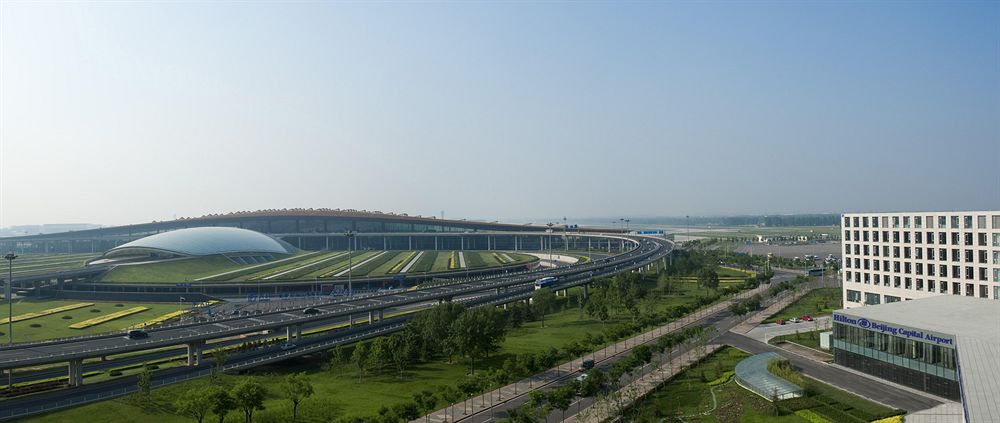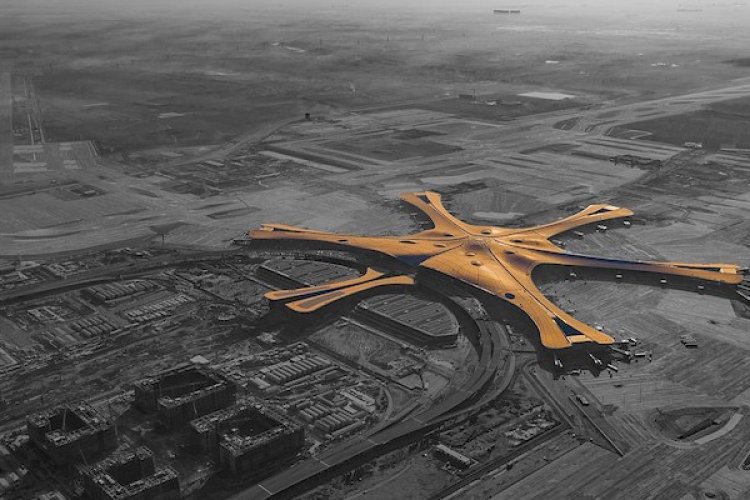Fly Away Home: Eight Cool Facts about T3

This post is sponsored by the Hilton Beijing Capital Airport.
We Beijingers have our fair share of transportation gripes, but one thing we can brag about is our ultra-modern, super-massive, world-class airport. Measuring almost 1.3 million square meters under one roof, the Beijing Capital Airport (a.k.a. T3) sports some of the most advanced eco-friendly building technology of our time and is one of the largest, if not the largest, standalone structures in the world and was designed and constructed at a mind-boggling timeframe of just under four years.
But for all of its grandeur and technology, it is also an intimately familiar mainstay of the Beijing living experience. So just how well do you know the Capital’s transportation crown jewel? Here are eight surprising facts that will make you appreciate T3 in a whole new way.
Delays, Shmelays … T3 is among World’s Best Airport Facilities
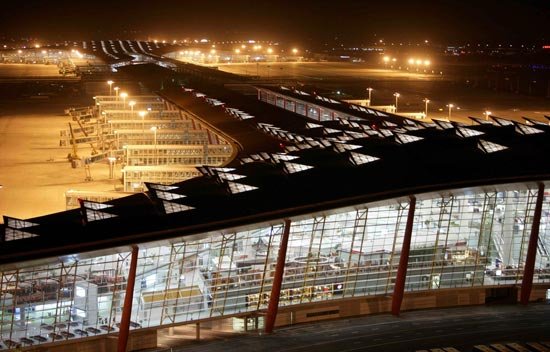
Travellers justifiably bemoan the number of flight delays at T3, an ongoing problem that has caused it to be ranked as the worst airport in the world for on-time departures in 2014. But frequent flight delays aside, the facility itself has a far better reputation. A recent study released by Skytrax — a British aviation rating agency – ranks Beijing as the tenth best airport in the world due to its overall cleanliness, the quality of the waiting areas and the excellent duty free shopping. So next time you find yourself waiting on a delayed departure, at least you know you’re languishing in convenient comfort.
Crazy Crowds

It’s no accident that T3 was designed to be massive – according to Airports Council International (ACI), a staggering 86 million passengers flew out of the terminal last year (up from an initial 35 million in its first year of operation), making Beijing Capital International Airport the second busiest airport in the world, trailing just behind Atlanta’s Hartsfield-Jackson International Airport, which had 94.4 million passengers in 2014.
Powerful People Movers
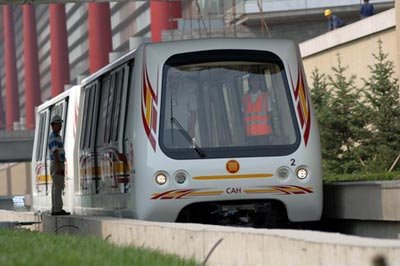
If you regularly fly out of the country, you’re probably very familiar with T3’s driverless trams that whisk you from the main departure hall to customs, security and the boarding gates. Each trip can transport up to one hundred passengers at a time and up to 4,100 passengers every hour.
The World’s Best Baggage Claim System
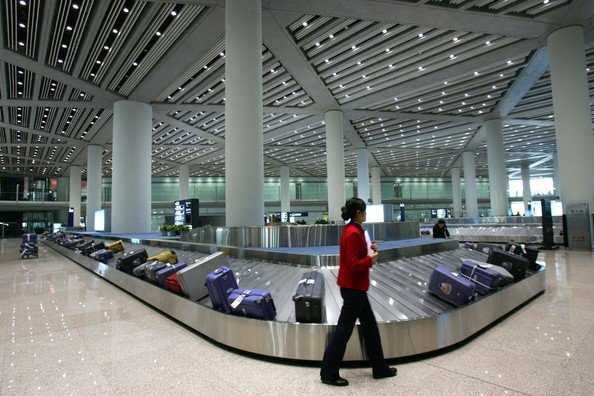
T3’s state-of-the-art baggage handling system cost a whopping USD 240 million – and for good reason: it can handle over 19,000 pieces of luggage an hour. This massive, 15-km network of 66 computerized conveyor belts whisks your bags along at over 10 meters per second – making it the fastest system of its kind in the world.
Scaling New Heights
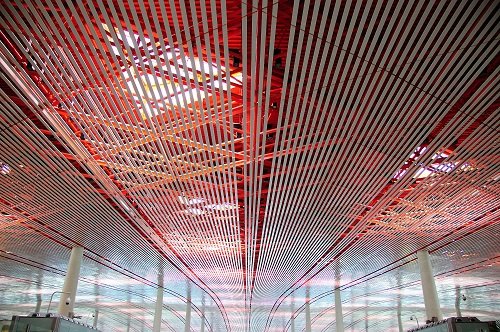
Spanning over 360,000 sqm, T3’s massive, aerodynamic roof is covered with energy efficient lights and was designed with plenty of skylights to maximize the influx of natural daylight and promote thermal heating – making it a crucial part of the terminal’s “integrated environmental system” for optimal energy consumption. But the overall aesthetic design is the real eye-opener: Scale-like skylights and red-and-yellow color motifs integrate with the terminal’s overall “dragon” motif – all of which combines to make T3 the most bad-ass looking airport in the world.
So Many Planes, So Few Runways

T3’s flight delays aren’t just due to heavy traffic in the air – it’s also caused by congestion on the ground. Believe it or not the terminal has only three runways to handle the 1,600 planes that fly out and land each day. Fortunately some relief is on the way in the form of a fourth runway that is slated to open at the end of 2017. Airport officials believe that this fourth tarmac will boost T3’s on-time flight rate to 82 percent, a much-needed improvement over the airport’s dismal 70 percent punctuality rate in 2014. The new 2,800-meter runway, which will primarily be used for landings, will also allow for more non-stop flights to premium destinations like Dublin, Manchester and Atlanta.
Hi-Tech Tarmacs
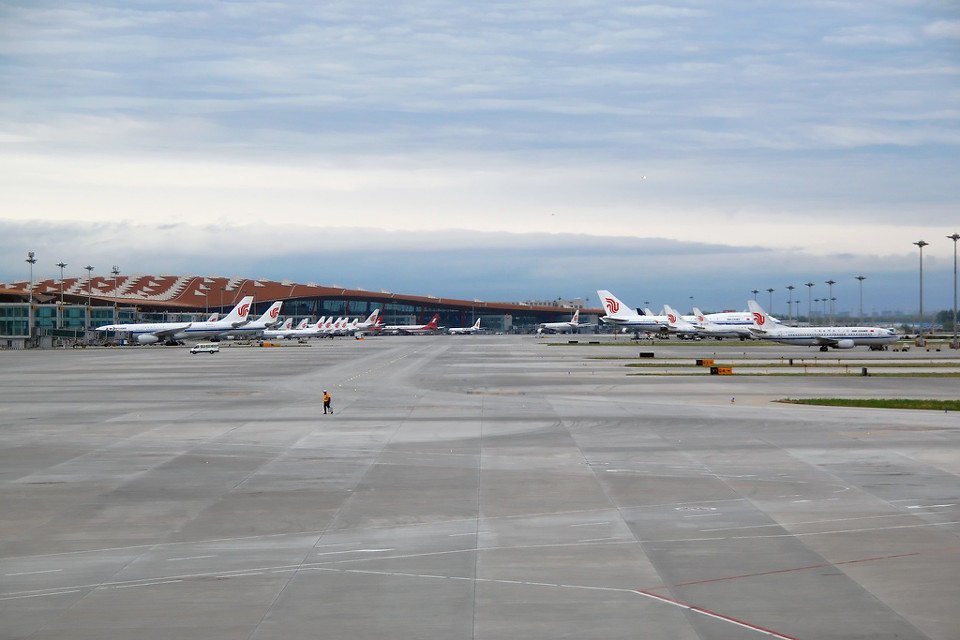
In addition to expanding the number of runways, the Beijing Capital Airport is also working to improve the quality of its tarmacs. Airport officials recently announced plans to infuse T3’s runways with 120,000 lbs of cutting edge geotechnical foam, a substance that can repair cracks in the subsoil that have been brought on by severe drought. This will be a far more efficient alternative to conventional slab lifting, and is expected to take only six months to complete.
Convenience and Comfort is just a Minute Away

T3 may rank as one of the best airports in the world, but who wants to spend long hours laid over in a massive terminal when you can rest easy and indulge in five-star comfort at the nearby Hilton Beijing Capital Airport? Grab a workout in the fantastic fitness center and pool before enjoying a fantastic meal at any of the Hilton's four top-notch restaurants, which include My China, Yue Shang, Compass Grill and 360 Degrees Casual Dining Buffet (all with a combined a total of 32 private dining rooms).
Cap off the evening with a drink (or two) at the Long Bar, or indulge in a luxurious spa session before you retire for the evening in one the hotel's 322 luxurious rooms -- all with 3.5-meter high ceilings, LCD TV screens, elegant bathrooms with walk-in rain showers, soundproof, floor-to-ceiling windows and Wi-Fi access.
Wake up the next morning feeling absolutely refreshed and unhurried knowing you can look up your flight on the in-house departure board and check in without even leaving the hotel. And best of all, there is a free 24-hour shuttle bus departing every 20 minutes that takes literally one minute to reach T3.
These features and more make the Hilton Beijing Capital Airport the ideal launching point for you next big trip.
For more information on how to book your room, and avoid the stress and anxiety of rushing to the airport at the last minute, click here.
Photos: Courtesy of the Hilton Beijing Capital Airport and by China.org.cn, Xinhuanet, zokimag, myhomegarden xyz and Dennis Wu

